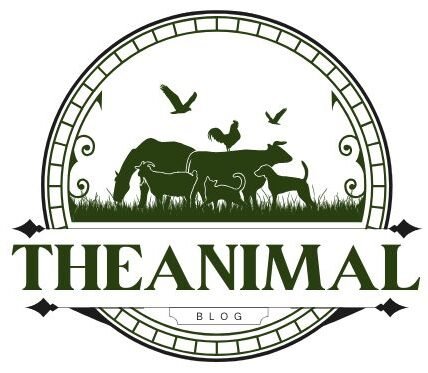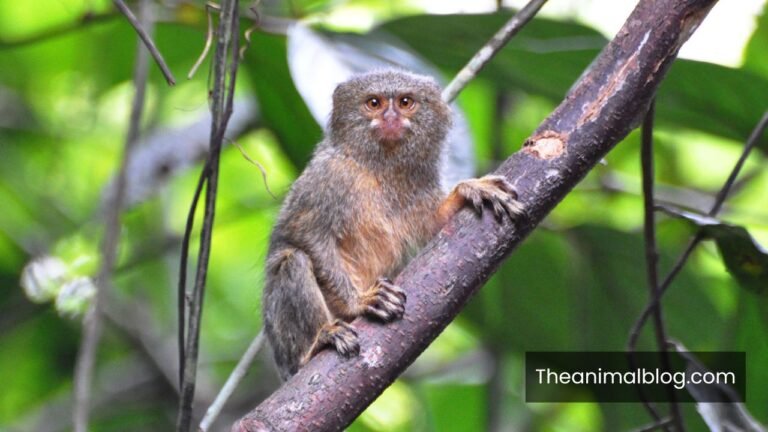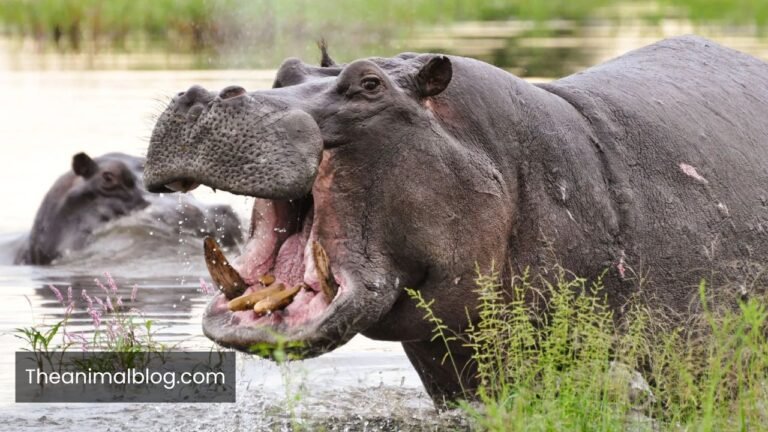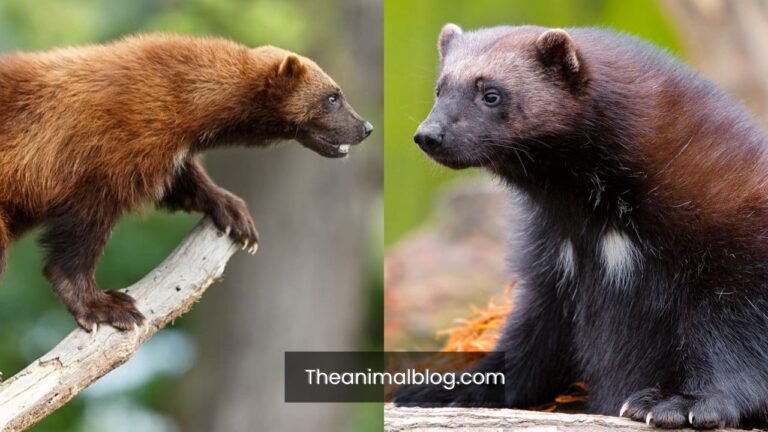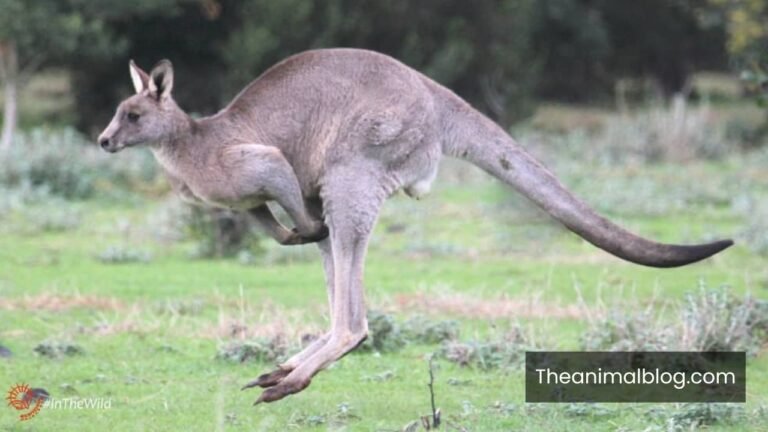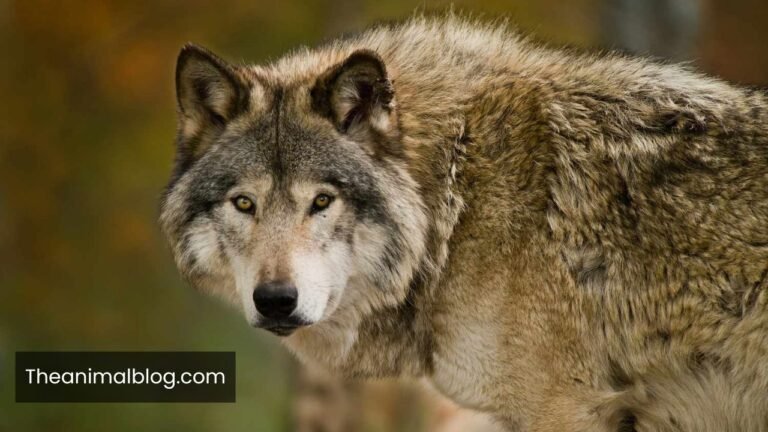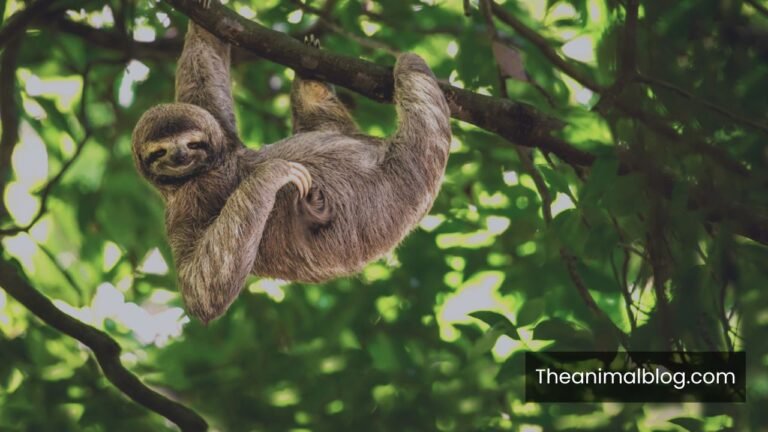Explore Interesting Top 10 Animals That Waddle (With Pictures)
Did you know that some of the world’s most adorable animals have a unique way of moving that can only be described as waddling? From penguins to ducks, these charming creatures have captivated our hearts with their quirky gait. In this article, we’ll explore the top 10 animals that waddle, complete with stunning pictures to bring each species to life. Discover why these waddlers are not just cute but also play vital roles in their ecosystems.
List Of Animals That Waddle
Following are the list of animals that waddle:
| No. | Animals | Class |
| 1. | Ducks | Aves |
| 2. | Penguins | Aves |
| 3. | Swans | Aves |
| 4. | Geese | Aves |
| 5. | Pigeons | Aves |
| 6. | Cormorants | Aves |
| 7. | Dachshunds | Mammalia |
| 8. | Pembroke Welsh Corgis | Mammalia |
| 9. | English Bulldogs | Mammalia |
| 10. | Pmeranians | Mammalia |
Ducks
Ducks are fascinating creatures that have captivated humans for centuries, not just for their charming waddle but also for their complex social behaviors and adaptability. These waterfowl exhibit a unique gait that seems almost comical, yet it serves a vital purpose.
Their waddling motion, characterized by a side-to-side sway, helps them maintain balance on both land and water, showcasing an evolutionary marvel. This distinct movement is a reflection of their anatomy; with shorter legs positioned further back on their bodies, they are perfectly designed for life in aquatic environments.
Beyond their physical attributes, ducks are known for their intricate social structures. They often live in flocks, exhibiting strong bonds and cooperative behaviors that are essential for survival. From the protective mother leading her ducklings to safety to the synchronized movements of a group swimming together, ducks demonstrate a level of social intelligence that is often overlooked.
Their vocalizations—a mix of quacks, whistles, and grunts—serve as a means of communication, revealing their emotions and alerting others to potential dangers. Observing these interactions offers a glimpse into a world where each waddle carries meaning and purpose, reminding us of the beauty found in nature’s diverse tapestry.
Interesting Facts: They often live in flocks, exhibiting strong bonds and cooperative behaviors that are essential for survival. From the protective mother leading her ducklings to safety to the synchronized movements of a group swimming together, ducks demonstrate a level of social intelligence that is often overlooked.
Penguins
Penguins are remarkable creatures that have evolved a unique form of locomotion characterized by their distinctive waddle. This charming gait, often associated with clumsiness, is actually an efficient adaptation to their icy habitats.
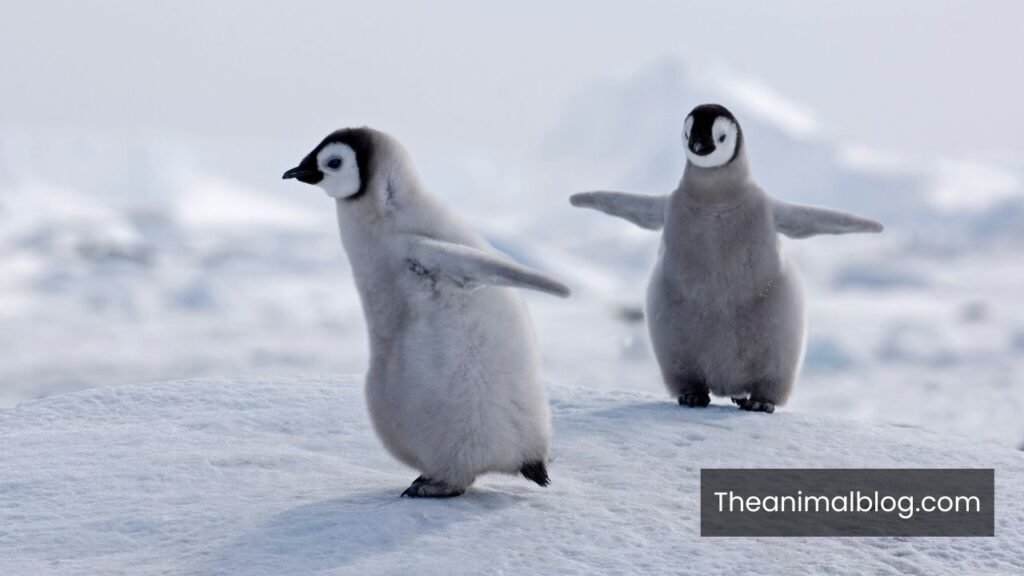
As these flightless birds navigate the slippery surfaces of their Antarctic homes, their waddling helps maintain balance and conserve energy while moving between breeding grounds and feeding areas. Each species of penguin boasts a slightly different waddle, influenced by factors like size, weight, and environmental conditions, adding to the rich diversity within this fascinating group.
Beyond their endearing walk, penguins possess intriguing social behaviors that enhance their survival in harsh climates. For instance, they engage in complex vocalizations to communicate with one another, forming strong bonds within colonies that can number in the thousands.
These social structures are vital for raising chicks; penguin parents take turns incubating eggs and feeding their young through regurgitation—a process that requires immense coordination and trust. Observing these interactions reveals not just the adaptability of penguins but also their emotional intelligence, challenging the notion that survival in the wild is solely driven by instinct rather than social connections.
Interesting Facts: Their wings have transformed into flippers, allowing them to glide through water with remarkable agility, reaching speeds of up to 15 miles per hour. This adaptation not only aids in hunting for fish and krill but also showcases an evolutionary trade-off where flight is sacrificed for superior underwater navigation.
Swans
Swans, with their elegant necks and glistening feathers, are often perceived as the epitome of grace. Yet, when they waddle on land, there’s an endearing charm that contrasts sharply with their majestic aquatic demeanor.
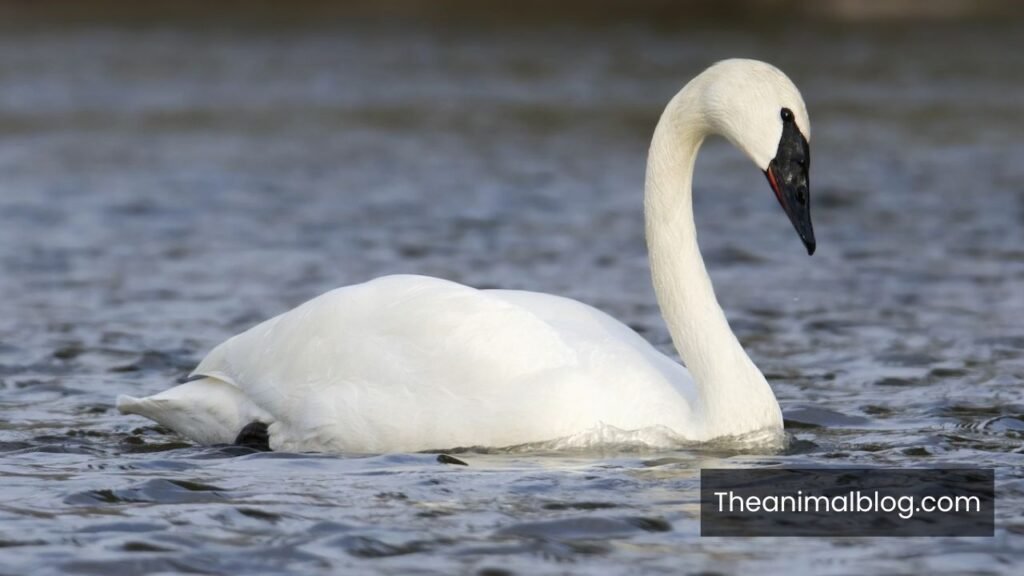
This distinctive gait, characterized by a swaying motion, is not just a quirky trait; it’s a functional adaptation. The structure of their bodies, with long necks and heavy bodies, influences how they navigate on solid ground, creating a delightful sight as they traverse meadows or riverbanks.
Swans’ waddling also serves as a social signal among their kind. When these birds engage in this playful movement, they often exhibit social bonding behaviors, communicating with one another through soft honks and mutual preening. Observing a family of cygnets waddling closely behind their parents offers a glimpse into their nurturing dynamics.
This familial connection, combined with their unique locomotion, highlights the importance of social structures within swan communities. So next time you spot a swan waddling, take a moment to appreciate not just their beauty but the intricate behaviors that define these captivating creatures.
Interesting Facts: Swans play a crucial role in their ecosystems. As omnivores, they help maintain aquatic vegetation by grazing on underwater plants, which promotes healthy water systems. This feeding habit can prevent overgrowth and support a diverse habitat for other wildlife.
Geese
Geese are fascinating creatures that epitomize the charm of the natural world with their distinctive waddling gait. This unique movement, characterized by a playful bobbing of their bodies, is not just an endearing trait but serves practical purposes.
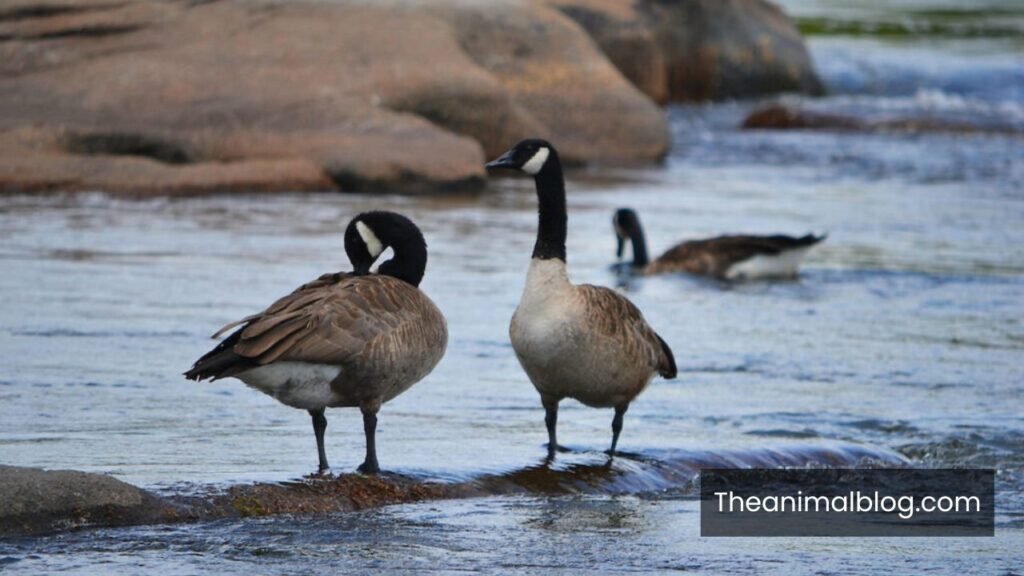
The waddle allows geese to maintain balance as they navigate various terrains, from water’s edge to grassy fields, showcasing their adaptability. Their bodies are designed for both land and water, making this waddling motion a delightful spectacle as they transition between habitats.
Geese are highly social animals, often seen waddling together in groups, which highlights their strong familial bonds. These gatherings, often referred to as “gaggles,” serve not only as a protective measure against predators but also facilitate communication through honks and body language.
Observing a gaggle of geese waddling in unison can reveal much about their social structures and hierarchies, providing a glimpse into the complexities of their interactions. Each waddle becomes a part of their collective identity, illustrating how movement in nature is not merely about locomotion but also about connection and community.
Interesting Facts: A lesser-known fact is that geese have been observed using vocalizations not just for communication but also to convey specific information about their surroundings, such as the presence of predators or changes in the environment. This advanced form of communication highlights their cognitive abilities and the importance of community within their flocks.
Pigeons
Pigeons, often dismissed as common city dwellers, are fascinating creatures that embody the art of waddling in their own unique way. Unlike their more graceful avian relatives, pigeons exhibit a charmingly clumsy gait that stems from their robust bodies and short legs.
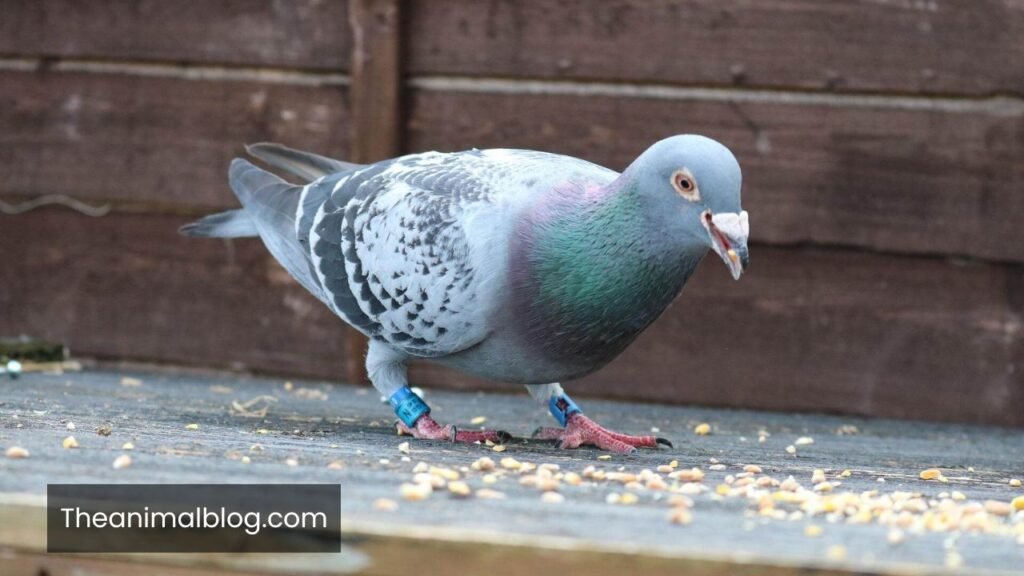
As they navigate urban landscapes, their waddling serves not only as a physical characteristic but also as a social signal, communicating confidence and territorial presence among flocks. Observing these birds in action reveals an intricate dance of adaptation; they have mastered the art of foraging in crowded spaces, bobbing their heads rhythmically to gauge distance and depth while on the move.
Beyond their waddle, pigeons hold a remarkable place in human history, having served as messengers during wars and symbols of peace across cultures. Their ability to find their way home from hundreds of miles away is another testament to their intelligence and navigational prowess.
These seemingly mundane birds possess an incredible memory, capable of recognizing landmarks and even human faces. So, the next time you spot a pigeon waddling by, take a moment to appreciate the layers of complexity that lie beneath its unassuming exterior—an animal that embodies resilience and adaptability in a world that often overlooks it.
Interesting Facts: They can find their way home from distances exceeding 1,000 miles. This skill is attributed to their keen sense of smell, the Earth’s magnetic field, and their remarkable spatial awareness.
Cormorants
Cormorants, often seen perched on rocks or diving for fish, possess a unique charm that goes beyond their striking appearance. These aquatic birds, with their long necks and sleek bodies, exhibit a fascinating waddle when they walk on land.
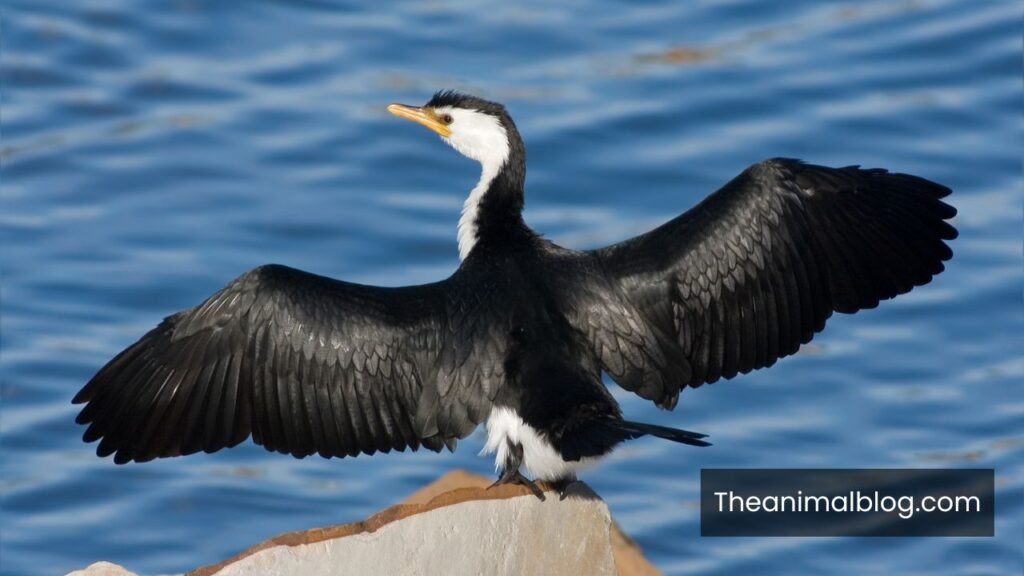
This ungainly gait is not merely a whimsical feature; it reflects their adaptation to a life spent primarily in the water. Their webbed feet, designed for swimming rather than strolling, create a humorous contrast when they transition from water to shore.
What truly captivates is how cormorants embody the balance between grace and awkwardness. While they glide effortlessly beneath the waves, hunting for fish with remarkable agility, their terrestrial movements remind us of the clumsy yet endearing aspects of nature.
Observing them shake out their wings after a dive, revealing their dark plumage glistening in the sunlight, evokes a sense of wonder at how these creatures navigate two worlds so differently. The juxtaposition of their elegance in water against their waddling walk serves as a reminder that beauty can be found in unexpected places, making cormorants both intriguing and relatable to those who witness their antics.
Interesting Facts: Cormorants are fascinating birds known for their striking appearance and impressive diving abilities. With their sleek, elongated bodies and distinctive hooked beaks, these aquatic hunters can often be seen gliding effortlessly over water or perching on rocks with their wings outstretched, drying in the sun.
Dachshunds
Dachshunds, with their elongated bodies and short legs, have a waddle that is as charming as it is amusing. This unique gait is not just an adorable quirk; it is a testament to their fascinating evolution.
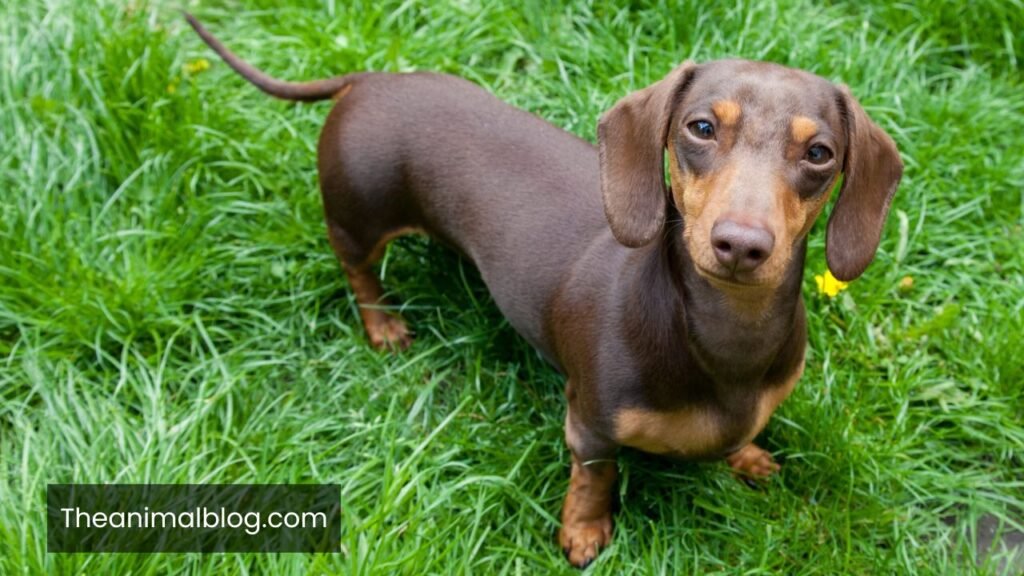
Originally bred in Germany for hunting badgers, their design perfectly balances agility with tenacity. The waddle serves a practical purpose, allowing them to navigate burrows and tight spaces while still maintaining a sense of determination that endears them to dog lovers everywhere.
Beyond their physical characteristics, Dachshunds embody a spirit that challenges their size. Despite their small stature, they exude confidence, often strutting around with the bravado of much larger breeds. Their waddle, often accompanied by a curious tilt of the head, invites laughter and affection, making them social magnets in parks and homes alike.
As they trot along, tails wagging energetically, they remind us that personality often outweighs physical attributes, showcasing that even the most unassuming creatures can capture hearts with their unique charm.
Interesting Facts: One of the most fascinating aspects of dachshunds is their strong sense of independence, which can sometimes be mistaken for stubbornness. This characteristic makes training a delightful challenge, as they often require creative methods to stay engaged.
Pembroke Welsh Corgis
The Pembroke Welsh Corgi, with its distinctive short legs and robust body, embodies the essence of waddling in the animal kingdom. This endearing gait is not just a quirky trait; it is a reflection of their heritage as herding dogs.

Historically, these little dynamos were bred to nip at the heels of cattle, and their unique waddle allowed them to maneuver swiftly around larger animals while maintaining balance. Watching a Corgi trot across the grass, their bodies swaying rhythmically, evokes a sense of joy that captures the hearts of dog lovers everywhere.
They are known for their playful antics and affectionate nature, often bounding toward friends and family with an enthusiasm that is contagious. This joyful demeanor, combined with their signature waddle, makes them not only delightful companions but also a source of endless entertainment.
Their strong sense of loyalty and intelligence means they thrive on interaction, making every waddle towards you feel like a proud proclamation of their affection. In a world where elegance often reigns, the Pembroke Welsh Corgi reminds us that happiness often comes in the most unassuming packages.
Interesting Facts: They are naturally curious and tend to form strong bonds with their human companions, often exhibiting a playful demeanor that can brighten any day. Interestingly, they have also been favored by royalty, most notably Queen Elizabeth II, who has owned more than 30 Corgis throughout her reign.
English Bulldogs
English Bulldogs are the epitome of charm and resilience, showcasing a unique waddle that perfectly complements their stocky build and distinctive features. This adorable gait is not just a quirk; it is a reflection of their history as working dogs, originally bred for bull-baiting.
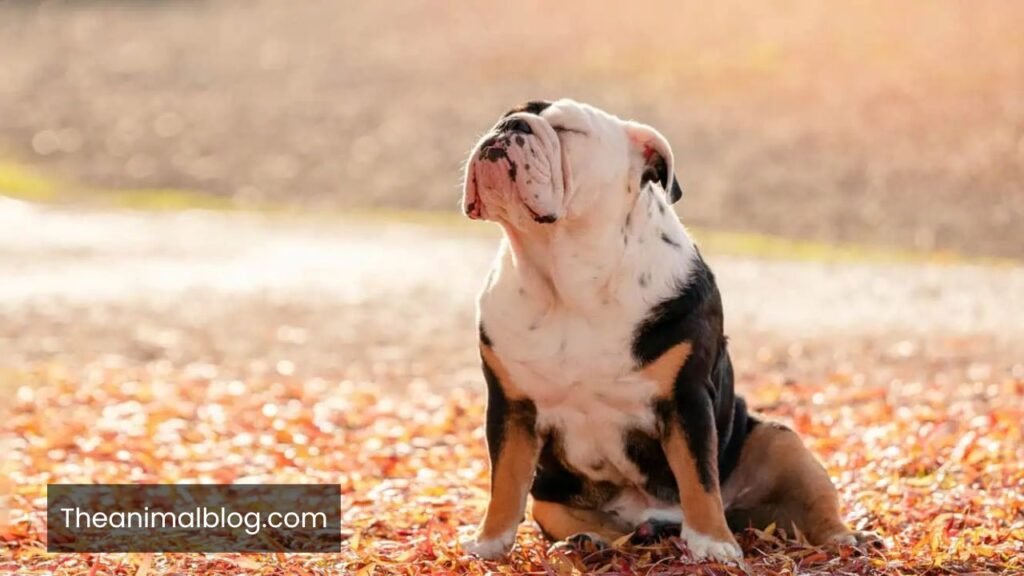
Over generations, their physical traits have evolved, leading to a robust, muscular frame that gives them an endearing, almost comical way of moving. Each waddle tells a story of strength and determination, making them a beloved companion in homes around the world.
Beyond their waddling gait, English Bulldogs possess a personality that is equally captivating. Known for their gentle temperament, they often form deep bonds with their families, displaying loyalty and affection in abundance. Their laid-back demeanor makes them excellent companions for children and adults alike, bringing a sense of calm to any household.
With their expressive faces and soulful eyes, these dogs communicate emotions that resonate with anyone lucky enough to share their lives with them. The English Bulldog’s waddle is more than just an adorable characteristic; it symbolizes the steadfast spirit and unwavering love that make them truly unforgettable companions.
Interesting Facts: One intriguing aspect of English Bulldogs is their unique physiology, which contributes to both their charm and health challenges. Their short snouts give them that signature look but can lead to breathing difficulties, particularly in hot weather or during strenuous activity.
Pomeranians
Pomeranians, with their fluffy coats and spirited personalities, embody a unique charm that captivates dog lovers around the globe. Their delightful waddle, accentuated by their plumed tails and petite stature, adds an endearing quality to their playful demeanor.

As these little furballs trot about, one can’t help but be reminded of a playful cloud gliding across the grass—a sight that brings a smile to anyone fortunate enough to witness it. Beyond their adorable appearance, Pomeranians possess a surprising amount of intelligence and confidence. Often described as “big dogs in small bodies,” they approach the world with bold curiosity, exhibiting a zest for exploration that belies their size.
This spirited nature means they thrive on social interaction and mental stimulation; Pomeranians are quick learners and often delight their owners with an impressive repertoire of tricks. Their waddle may be whimsical, but it is also a testament to their spirited personality—each step radiates an exuberance that invites play and companionship.
Interesting Facts: Their size was gradually reduced through selective breeding, making them more suitable as lap dogs for the aristocracy, particularly in 18th-century England. This transformation from a working dog to a beloved pet showcases how human companionship has shaped the characteristics we adore today.
Final Words
In conclusion, the world of waddling animals is not only fascinating but also showcases the diversity and adaptability of nature. From the charming penguins to the quirky waddling ducks, each species brings its unique characteristics and behaviors that captivate our attention. Observing these creatures can deepen our appreciation for wildlife and encourage us to protect their habitats. Whether you are a nature enthusiast or simply curious about the animal kingdom, these waddling wonders offer a delightful glimpse into the lives of some of Earth’s most endearing inhabitants.
Read More: Explore Top 12 Most Anxious Animals In The World (With Pictures)
FAQs
Why do some animals waddle instead of walk?
Waddling is often a result of anatomical adaptations. For instance, animals like penguins have a body structure that promotes a side-to-side motion, making waddling an efficient way to move on land while conserving energy.
Are waddling animals found in specific habitats?
Yes, many waddling animals are adapted to specific environments. For example, penguins thrive in cold, aquatic regions, while ducks can be found in freshwater areas worldwide. Their waddling helps them navigate these diverse habitats effectively.
Are there any interesting facts about waddling animals?
Certainly! Many waddling animals have unique social behaviors and adaptations. For instance, penguins huddle together for warmth in harsh climates, while ducks often display complex mating rituals, showcasing the diversity within this group.
